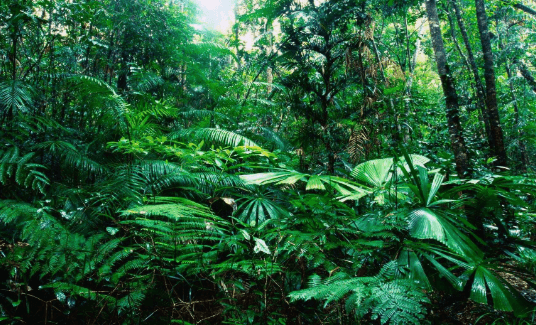Map:3tkbvwwgcsw= Tropical Rainforest

Map:3tkbvwwgcsw= Tropical Rainforest serve as a critical component of our planet’s ecological framework, offering not only a diverse habitat for countless species but also contributing significantly to climate stability. Their intricate ecosystems, shaped by unique flora and fauna, are under increasing threat from human activities. Understanding the delicate balance of these environments, alongside the ongoing conservation challenges, is essential for mitigating further destruction. As we explore the various facets of tropical rainforests, the implications of their decline on global biodiversity and climate will become increasingly apparent. What strategies might effectively safeguard these vital ecosystems?
Overview of Map:3tkbvwwgcsw= Tropical Rainforest
What defines a Map:3tkbvwwgcsw= Tropical Rainforest? Characterized by high humidity and consistent rainfall, these ecosystems play a crucial role in regulating global climate impact.
They are home to diverse indigenous cultures that have thrived for centuries, relying on the forest’s resources for sustenance and spiritual practices.
Understanding this intricate relationship highlights the importance of preserving tropical rainforests, ensuring both ecological and cultural sustainability.
Read More Map:1crgr9_R3tu= Chad
Unique Flora and Fauna
Tropical rainforests are renowned for their extraordinary biodiversity, hosting an array of flora and fauna that is unmatched in other ecosystems.
Among their unique offerings are numerous endemic species, which have evolved distinct adaptive traits to thrive in this complex environment.
These adaptations include specialized reproductive strategies and novel feeding behaviors, allowing them to exploit available resources and maintain ecological balance within their vibrant habitats.

Environmental Importance
At the heart of global ecological health, tropical rainforests play a crucial role in maintaining environmental stability. Their immense biodiversity contributes to carbon sequestration benefits, mitigating climate change effects.
Furthermore, these ecosystems are deeply intertwined with indigenous cultures, which rely on their resources for sustenance and spiritual practices. Protecting tropical rainforests is essential not only for the environment but also for preserving these vital cultural heritages.
Conservation Challenges and Efforts
The preservation of tropical rainforests faces a myriad of challenges, primarily driven by human activities such as deforestation, agriculture, and urbanization.
Effective conservation requires innovative deforestation strategies, including sustainable practices that balance ecological integrity with economic needs.
Habitat restoration initiatives and community involvement are crucial, empowering local populations to protect their environment while fostering a sense of stewardship essential for long-term sustainability.
Read More Map:1xiy-Ut7usm= the 13 Colonies
Conclusion
In summary, Map:3tkbvwwgcsw= Tropical Rainforest serve as critical reservoirs of biodiversity, crucial regulators of global climate, and invaluable sources of cultural heritage. The threats posed by deforestation, agriculture, and urbanization demand urgent attention and comprehensive conservation strategies. By fostering sustainable practices, promoting community involvement, and restoring degraded habitats, the ecological and cultural integrity of these ecosystems can be preserved. Action must be taken now to safeguard tropical rainforests for future generations, ensuring their continued contribution to the planet’s health and diversity.




